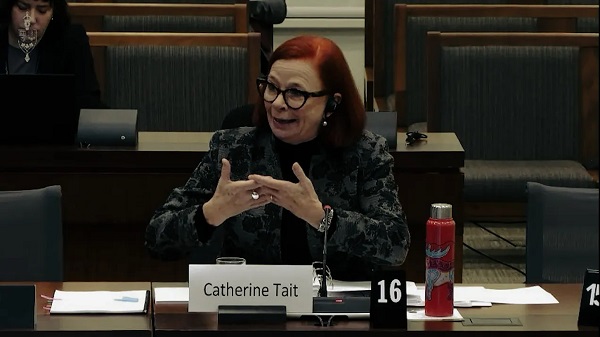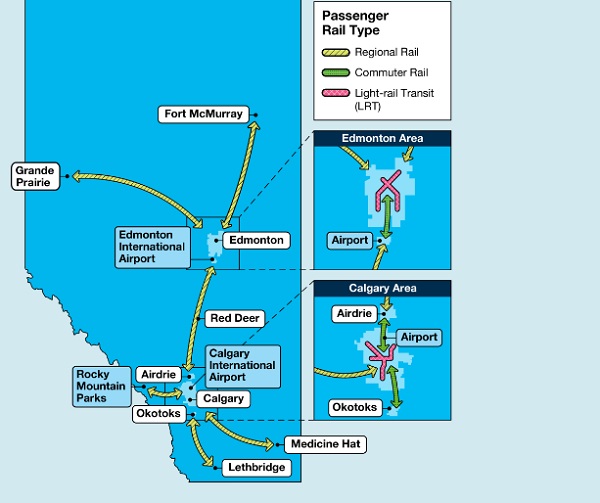Business
A tale of two countries – Drill, Baby, Drill vs Cap, Baby, Cap
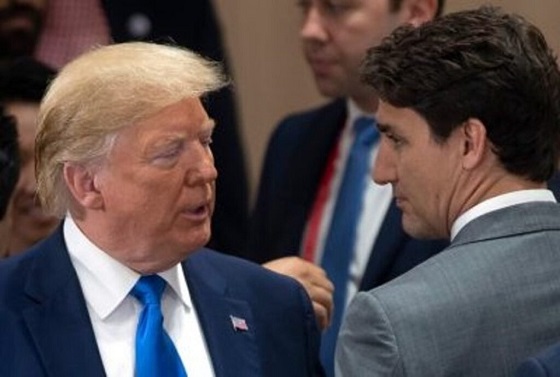
From EnergyNow.ca
By Deidra Garyk
Analysis of the U.S. Election and the Canadian Oil and Gas Emissions Cap
Monday, November 4, the Canadian federal government announced the long-awaited draft emissions cap for the oil and gas industry.
The next day, the world’s largest economy held an election that resulted in a decisive victory for the position of 47th President of the USA.
With the GOP (Republicans) taking a commanding lead with 53 out of 100 possible Senate seats, and two more still to be confirmed, they have a majority that can help move along their plans for at least the next two years. Rumoured expectations are that they’ll take the House too, which will further solidify President-elect Trump’s mandate.
As part of Trump’s campaign platform, Agenda47, he promised “to bring Americans the lowest-cost energy and electricity on Earth.” The agenda pledged that “to keep pace with the world economy that depends on fossil fuels for more than 80% of its energy, President Trump will DRILL, BABY, DRILL.”
The platform also states that under his leadership, the US will once again leave the Paris Climate Accords, and he will oppose all Green New Deal policies that impact energy development. He also plans to roll back the Biden administration’s EV mandates and emissions targets, while advocating for low emissions nuclear energy.
It isn’t a guarantee that he will do anything that he says; however, if the past is any indication, we can expect Trump to follow through on his energy and climate promises.
Even though Canada and the USA are on a contiguous land mass, they could not be farther apart in energy and climate ideology.
On the northern side of the border, a day before, Canada’s green avengers of the Liberal cabinet congregated for a press conference to jubilantly announce their emissions cap, which has been studied and determined to be a defacto production cap. CAP, BABY, CAP!
Claims that the new rules go after pollution, not production, should be met with scepticism. If pollution is the problem, there would be blanket emissions caps on all heavy emitting industries and imported oil and gas would be subject to the same requirements, but it is not. I’m not sure how else to read it other than a willful slight with a sledgehammer against the Canadian oil and gas industry.
Especially since Natural Resources Minister Jonathan Wilkinson said that this is a backstop to ensure the Pathways Alliance does what they say they will. I wonder if the Pathways folks feel like they have a giant target on their backs… and fronts?
The hour-long press conference was a lesson in how to deceive with a straight face. Most of the Liberals’ claims have either been discredited or are unsubstantiated as to be meaningless.
Wilkinson, a Rhodes Scholar, calls this cap an “economic opportunity” because he believes that for Canadian oil and gas, climate change is a competitive issue, for both combusted and non-combusted products. Square that circle when no other country on the planet has an emissions cap on its oil and gas industry.
Nonetheless, the Liberals expect production to increase, which is counter to what they say out of the other side of their mouths – that oil and gas demand will peak this year, and we are not going to be using it much longer so we should just shut it all down.
Wilkinson excitedly announced the need for thousands and thousands of workers to build the decarbonization infrastructure of the new energy future. However, the Department of Environment’s Cost-Benefit Analysis Summary contradicts this claim, citing thousands of job losses.
The Study also identifies that the costs from the plan will be borne by Canadians. The Conference Board of Canada expressed similar concerns, but they were dismissed by the politicians on stage.
Edmonton MP and Minister of Employment, Workforce Development, and Official Languages Randy Boissonnault, also known as “The Other Randy” for his ethical mis-steps, put on one of the best shows of the press conference. He speaks so convincingly that you almost believe him. Almost.
He claimed that when he was campaigning last election during the Covid pandemic, the number one topic at the doors was climate change. Edmontonians wanted to talk about climate change over the global pandemic that was disrupting their lives? Yeah, right.
The Other Randy praised Ministers Guilbeault and Wilkinson for working with industry on the regulations and promised that Canadian workers will be part of the consultation and final rules. Forgive me for being sceptical.
The Spiderman-like Steven Guilbeault, Minister of Environment and Climate Change, said that oil companies have seen record profits, going from $6.6 billion pre-pandemic to $66 billion post-pandemic, and the Liberals want that extra money used on projects they approve of, namely ones that are climate-related.
Guilbault believes this cap is necessary for prosperity and energy security, along with being good for workers and “for good union jobs”. It’s not often talked about, but within the feds’ climate plans is a push for unionizing jobs. It was top-of-mind for the Deputy Minister of Labour when I was part of a delegation to Ottawa last year. She was most interested in learning about how many oil and gas jobs are unionized and showed visible displeasure at finding out that most are not.
The press conference seemed to be more of a one-sided political bun fight, with a disproportionate amount of time spent talking smack about Pierre Poilievre, Premier Danielle Smith, and Premier Scott Moe. Perhaps demonstrating the Liberals’ trepidation about the future since the final regulations will come out late next year and go into effect January 1, 2026, when it’s likely they will be out of office.
With the climate zealots out of power, enforcement may be a challenge. What if companies don’t meet the arbitrary targets and deadlines imposed by the rules? What if companies don’t buy the required credits? A reporter asked, but Guilbeault didn’t give an answer in his response. I guess we will have to wait to see what changes are made to the Canadian Environmental Protection Act (CEPA), the enforcement regulations.
Wilkinson said climate change is a “collective action problem” that must be addressed as it is the “existential threat to the human race.” This gives you a sense of how they see things – there is a problem and government is the solution.
Meanwhile, energy policy is a “Day 1 priority” for Trump. As a businessperson, he understands that demand is growing, and limited regulations are the way to develop all forms of energy.
Even if industry can meet the emissions reduction targets – there are a variety of opinions on the proposed rules – it does not mean the regulations should be implemented. Canada’s real per capita GDP is 73 per cent of America’s, so as Canada goes hard on emissions reduction regulations, if investment moves south, that number is not going to improve. Don’t let them tell you otherwise.
Deidra Garyk is the Founder and President of Equipois:ability Advisory, a consulting firm specializing in sustainability solutions. Over 20 years in the Canadian energy sector, Deidra held key roles, where she focused on a broad range of initiatives, from sustainability reporting to fostering collaboration among industry stakeholders through her work in joint venture contracts.
Outside of her professional commitments, Deidra is an energy advocate and a recognized thought leader. She is passionate about promoting balanced, fact-based discussions on energy policy and sustainability. Through her research, writing, and public speaking, Deidra seeks to advance a more informed and pragmatic dialogue on the future of energy.
Business
Taxpayer watchdog says Canadian gov’t needs to use Trump ‘blueprint’ and create efficiency agency
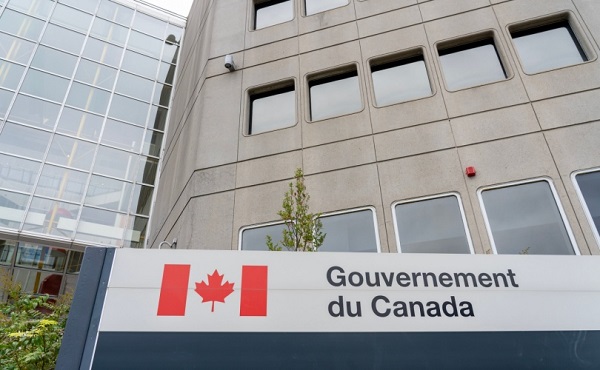
From LifeSiteNews
Canadian Taxpayers Federation director Franco Terrazzano cited the ‘crazy research’ citizens are forced to subsidize under Justin Trudeau’s Liberal government as justification for a department to ‘slash Ottawa’s wasteful, bloated bureaucracy.’
One of Canada’s most respected taxpayer watchdogs said the government needs an agency similar to U.S. President-elect Donald Trump’s forthcoming Department of Government Efficiency (DOGE) to “slash Ottawa’s wasteful, bloated bureaucracy” that under Prime Minister Justin Trudeau has funded numerous woke projects.
“This (DOGE) is the blueprint. … All we need now is a prime minister with the guts to pick up the scissors,” Canadian Taxpayers Federation (CTF) federal director Franco Terrazzano wrote in a recent blog.
Terrazzano highlighted what he called the “crazy research Canadian taxpayers are forced to subsidize” thanks to Trudeau’s Liberal government.
Examples of such “crazy” government spending include the government granting a university student $20,000 to study “Gender Politics in Peruvian Rock Music.”
Canadian taxpayers were also on the hook for $105,000 for “Cart-ography: tracking the birth, life and death of an urban grocery cart, from work product to work tool,” as well as $17,500 for “My Paw in Yours: Dead Pets and Transcendence of Species Divides in Experimental Art-Making Practice.”
Incredibly, the Trudeau government also doled out $50,000 in a scholarship award to a student to study “Playing for Pleasure: The Affective Experience of Sexual and Erotic Video Games.”
DOGE will be headed by Elon Musk and businessman and former Republican presidential candidate Vivek Ramaswamy.
“Together, these two wonderful Americans will pave the way for my Administration to dismantle Government Bureaucracy, slash excess regulations, cut wasteful expenditures, and restructure Federal agencies — Essential to the ‘Save America’ Movement,” Trump announced on Truth Social.
Terrazzano noted how a Canadian version of DOGE would be welcome in Canada, and “Those marching orders sure would sound good in a prime minister’s mandate letter to a finance minister.”
He noted how the blueprint a future potential Conservative prime minister should follow should include ending corporate welfare as well as slashing Canada’s state-run broadcaster the CBC, which takes “more than $1 billion from taxpayers annually.”
He also noted how the government has wasted billions a “multibillion dollar gun confiscation that police officers say won’t work, the $25 billion equalization scheme and taxpayer-funded media bailouts, among others.”
“The bad news for taxpayers is we pay too much tax because the government wastes too much money. The list of wasteful spending in this article is far from exhaustive,” he wrote.
“The good news is a champion of taxpayers could make massive cuts and barely anyone outside the Ottawa bubble would notice.”
Business
Canada Scrambles To Secure Border After Trump Threatens Massive Tariff
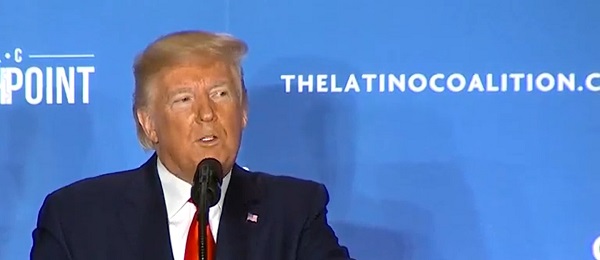

From the Daily Caller News Foundation
By Jason Hopkins
The Canadian government made clear its beefing up its border security apparatus after President-elect Donald Trump threatened to impose sweeping tariffs against Canada and Mexico if the flow of illegal immigration and drugs are not reined in.
Trump in November announced on social media that he would impose a 25% tariff on all products from Canada and Mexico unless both countries do more to limit the level of illicit drugs and illegal immigration entering into the United States. In response, Canada Prime Minister Justin Trudeau met with the president-elect at his residence in Mar-a-Largo and his government has detailed what more it’s doing to bolster immigration enforcement.
“We got, I think, a mutual understanding of what they’re concerned about in terms of border security,” Minister of Public Safety Dominic LeBlanc, who accompanied Trudeau at Mar-a-Largo, said of the meeting in an interview with Canadian media. “All of their concerns are shared by Canadians and by the government of Canada.”
“We talked about the security posture currently at the border that we believe to be effective, and we also discussed additional measures and visible measures that we’re going to put in place over the coming weeks,” LeBlanc continued. “And we also established, Rosemary, a personal series of rapport that I think will continue to allow us to make that case.”
Trudeau’s Liberal Party-led government has pivoted on border enforcement since its first days in power.
The Royal Canadian Mounted Police (RCMP) — the country’s law enforcement arm that patrols the border — is preparing to beef up its immigration enforcement capabilities by hiring more staff, adding more vehicles and creating more processing facilities, in the chance that there is an immigration surge sparked by Trump’s presidential election victory. The moves are a change in direction from Trudeau’s public declaration in January 2017 that Canada was a “welcoming” country and that “diversity is our strength” just days after Trump was sworn into office the first time.
While encounters along the U.S.-Canada border remain a fraction of what’s experienced at the southern border, activity has risen in recent months. Border Patrol agents made nearly 24,000 apprehensions along the northern border in fiscal year 2024 — marking a roughly 140% rise in apprehensions made the previous fiscal year, according to the latest data from Customs and Border Protection.
“While a change to U.S. border policy could result in an increase in migrants traveling north toward the Canada-U.S. border and between ports of entry, the RCMP now has valuable tools and insights to address this movement that were not previously in place,” read an RCMP statement provided to the Daily Caller News Foundation. “New mechanisms have been established which enable the RCMP to effectively manage apprehensions of irregular migrants between the ports.”
Trudeau’s pivot on illegal immigration enforcement follows the Canadian population growing more hawkish on the issue, public opinion surveys have indicated. Other polls also indicate Trudeau’s Liberal Party will face a beating at the voting booth in October 2025 against the Conservative Party, led by Member of Parliament Pierre Poilievre.
Trudeau’s recent overtures largely differ from Mexican President Claudia Sheinbaum, who has indicated she is not willing to bend the knee to Trump’s tariff threats. The Mexican leader in November said “there will be a response in kind” to any tariff levied on Mexican goods going into the U.S., and she appeared to deny the president-elect’s claims that she agreed to do more to beef up border security in a recent phone call.
Trump, who has vowed to embark on an incredibly hawkish immigration agenda once he re-enters office, has tapped a number of hardliners to lead his efforts. The president-elect announced South Dakota Gov. Kristi Noem to lead the Department of Homeland Security, former acting Immigration and Customs Enforcement Director Tom Homan to serve as border czar and longtime aide Stephen Miller to serve as deputy chief of staff for policy.
-

 Alberta2 days ago
Alberta2 days agoThe Alberta energy transition you haven’t heard about
-

 espionage2 days ago
espionage2 days agoShock interview reveals big names connected to international paedophile network
-

 Brownstone Institute2 days ago
Brownstone Institute2 days agoJustice Is Served: Jay Bhattacharya Chosen to Be NIH Director
-
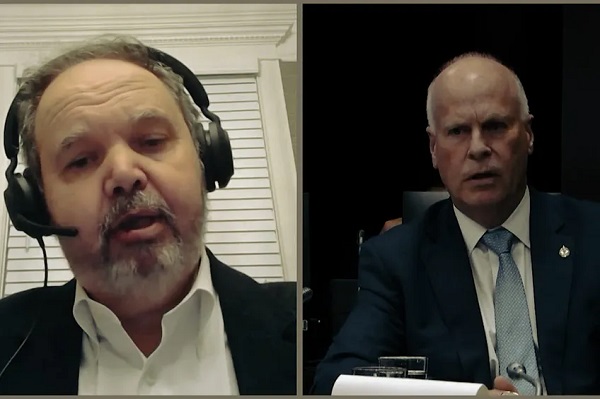
 Business2 days ago
Business2 days agoGreen Energy or Green Grift? SDTC at the Center of a $38 Million Scandal
-
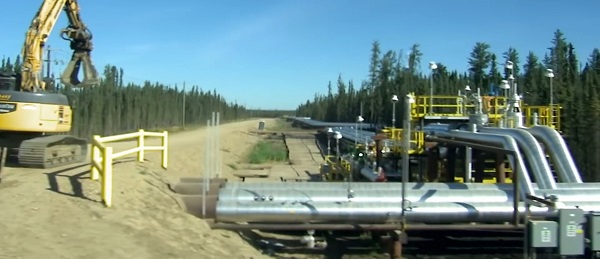
 Alberta2 days ago
Alberta2 days agoA Trump Effort To Revive Keystone XL Would Likely Be Purely Symbolic
-

 Crime2 days ago
Crime2 days agoThe Bureau Exclusive: The US Government Fentanyl Case Against China, Canada, Mexico
-
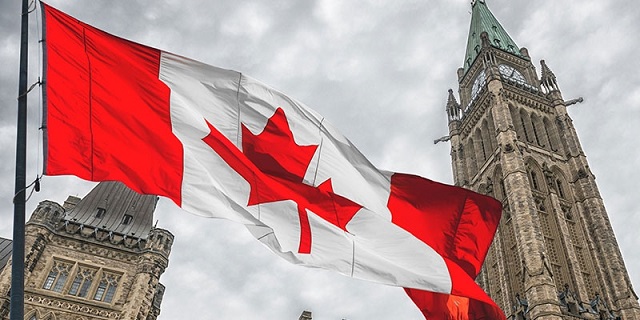
 David Clinton23 hours ago
David Clinton23 hours agoWhat Happens When Ministries Go Rogue?
-
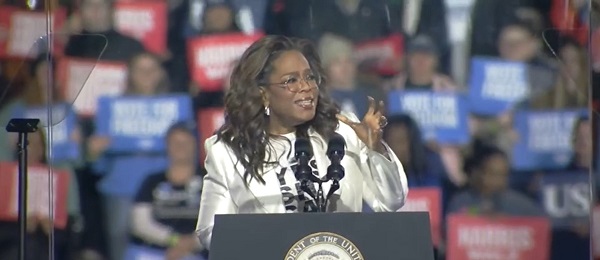
 Daily Caller2 days ago
Daily Caller2 days agoCelebrities Do Not Have The Political Star Power They Thought They Did


